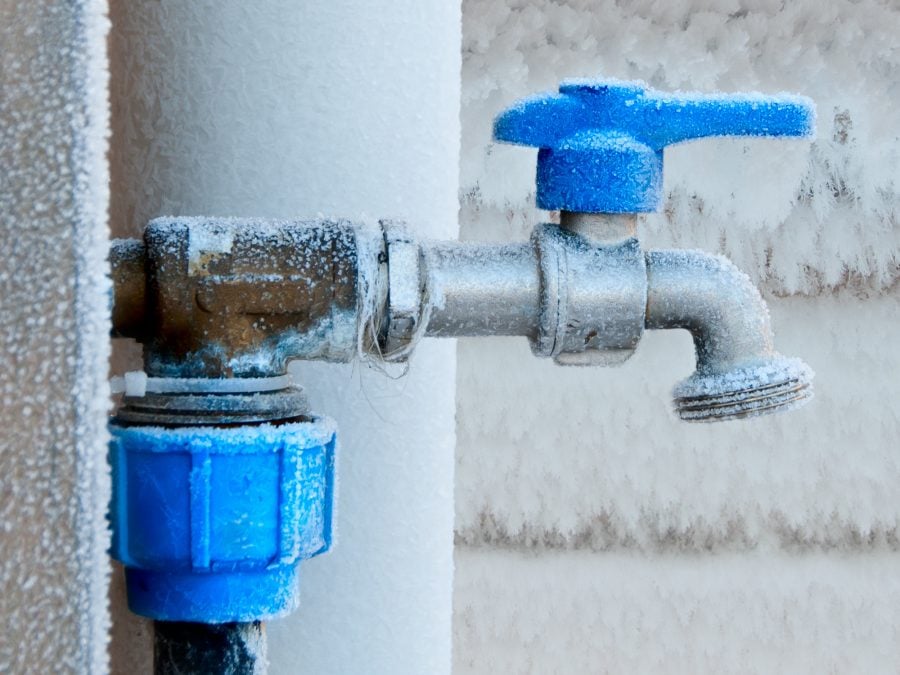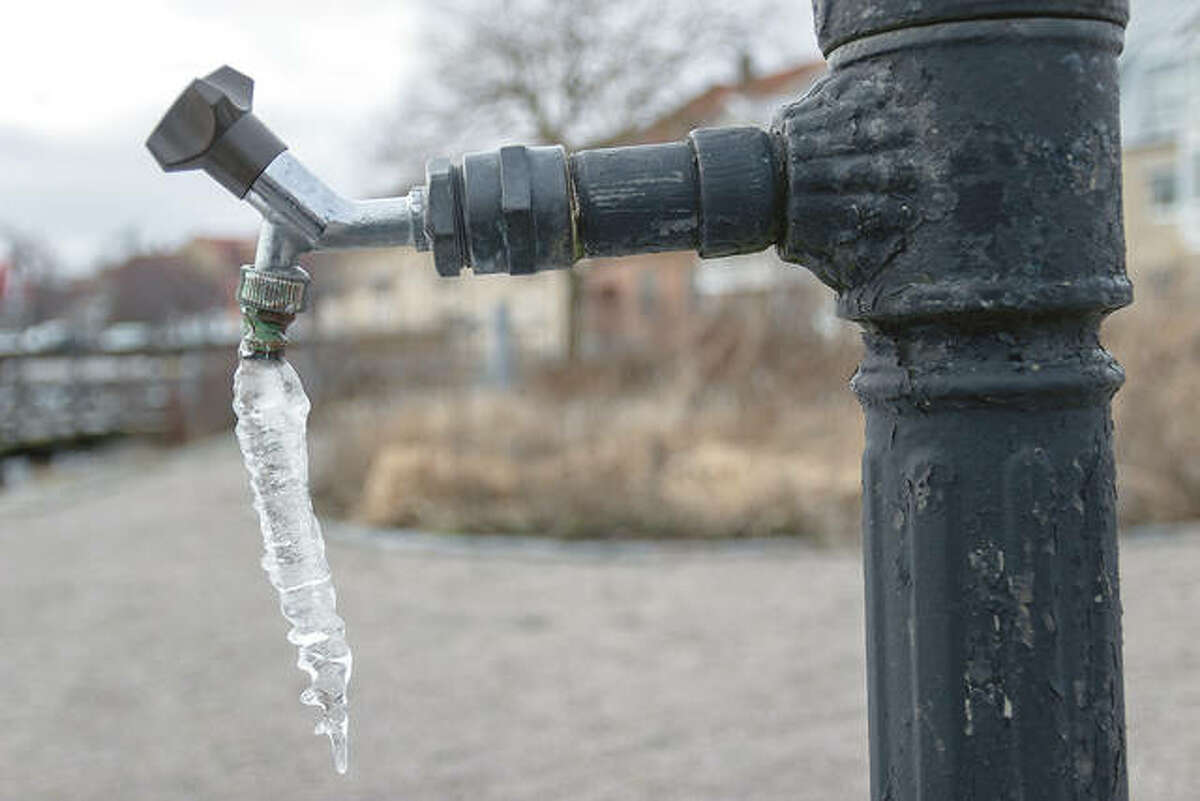Advice for Preventing Frozen Pipes in Winter: Specialist Tips
Call TodayThis great article down below relating to How to prepare your home plumbing for winter weather is absolutely compelling. Don't bypass it.

Cold weather can wreak havoc on your pipes, specifically by freezing pipes. Right here's how to prevent it from happening and what to do if it does.
Introduction
As temperature levels decrease, the danger of frozen pipelines rises, potentially causing pricey fixings and water damage. Comprehending just how to avoid icy pipes is vital for property owners in cold climates.
Avoidance Tips
Shielding susceptible pipes
Wrap pipelines in insulation sleeves or use heat tape to shield them from freezing temperatures. Concentrate on pipelines in unheated or external locations of the home.
Heating methods
Keep interior rooms adequately heated, especially locations with pipes. Open cupboard doors to allow cozy air to circulate around pipes under sinks.
How to recognize frozen pipelines
Seek decreased water flow from taps, unusual odors or noises from pipes, and noticeable frost on revealed pipelines.
Long-Term Solutions
Structural adjustments
Consider rerouting pipelines away from exterior wall surfaces or unheated areas. Add additional insulation to attic rooms, cellars, and crawl spaces.
Updating insulation
Buy high-grade insulation for pipelines, attic rooms, and walls. Correct insulation aids maintain consistent temperatures and lowers the risk of icy pipes.
Safeguarding Outdoor Plumbing
Garden tubes and exterior taps
Separate and drain yard hose pipes before wintertime. Set up frost-proof spigots or cover exterior faucets with shielded caps.
Recognizing Frozen Pipes
What creates pipes to ice up?
Pipelines freeze when subjected to temperature levels below 32 ° F (0 ° C) for expanded periods. As water inside the pipelines ices up, it increases, putting pressure on the pipe wall surfaces and possibly causing them to rupture.
Dangers and damages
Frozen pipelines can bring about supply of water interruptions, building damages, and costly repair work. Burst pipelines can flood homes and trigger extensive architectural damage.
Indicators of Frozen Water Lines
Determining frozen pipes early can avoid them from rupturing.
What to Do If Your Pipelines Freeze
Immediate actions to take
If you presume icy pipelines, keep faucets available to soothe pressure as the ice melts. Make use of a hairdryer or towels soaked in hot water to thaw pipes gradually.
Verdict
Stopping icy pipelines calls for positive procedures and quick reactions. By understanding the causes, indicators, and preventive measures, home owners can protect their plumbing during winter.
6 Proven Ways to Prevent Frozen Pipes and Protect Your Home
Disconnect and Drain Garden Hoses
Before winter arrives, start by disconnecting your garden hoses and draining any remaining water. Close the shut-off valves that supply outdoor hose bibs and leave the outdoor faucet open to allow any residual water to drain. For extra protection, consider using faucet covers throughout the colder months. It’s also important to drain water from any sprinkler supply lines following the manufacturer’s directions.
Insulate Exposed Pipes
Insulating your pipes is an effective way to prevent freezing. Pipe insulation is readily available at home improvement stores and is relatively inexpensive. Pay close attention to pipes in unheated areas such as the attic, basement, crawl spaces, or garage. Apply foam insulation generously to create a buffer against the cold. You can also wrap your pipes in heat tape or thermostat-controlled heat cables for added warmth.
Seal Air Leaks
Inspect your home for any cracks or openings that could let in cold air. Seal any holes around the piping in interior or exterior walls, as well as the sill plates where your home rests on its foundation. Additionally, make sure to keep your garage door closed unless you’re entering or exiting. Leaving it open creates a significant air leak that can lead to frozen pipes.
Allow Warm Air Circulation
During cold snaps, it’s essential to allow warm air to circulate evenly throughout your home. Leave interior doors ajar to promote better airflow. Open kitchen and bathroom cabinets to help distribute heat consistently around the rooms. If you have small children or pets, be sure to remove any household chemicals or potentially harmful cleaners from open cabinets for safety.
Let Faucets Drip
A small trickle of water can make a big difference in preventing ice formation inside your pipes. When temperatures drop significantly, start a drip of water from all faucets served by exposed pipes. This continuous flow helps prevent the water from freezing. Additionally, running a few faucets slightly can relieve pressure inside the pipes, reducing the chances of a rupture if the water inside does freeze.
https://choateshvac.com/6-proven-ways-to-prevent-frozen-pipes-and-protect-your-home/

Do you appreciate reading about How to Prevent Your Pipes From Freezing? Make a remark below. We will be delighted to find out your opinion about this blog entry. Hoping that you come back again in the future. Enjoyed our content? Please share it. Let others locate it. I am grateful for your time. Come back soon.
Visit My Website